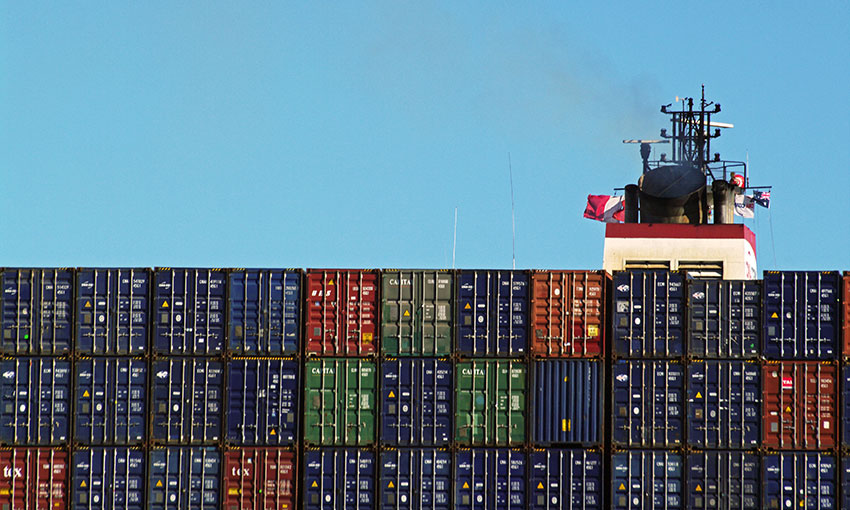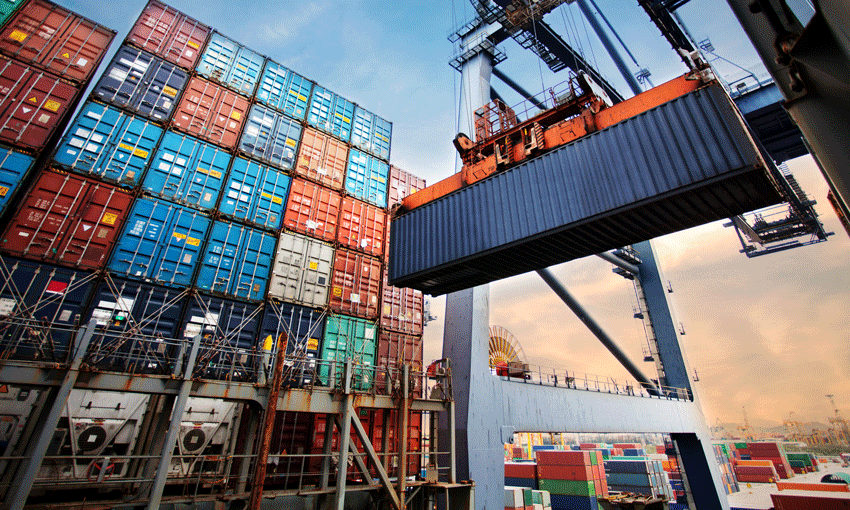CONTAINER lines and their customers are closely watching the demand and supply position after Chinese New Year holidays come to an end.
Traditionally, import cargo volumes fall off a cliff post Chineses New Year, precipitating a collapse in southbound freight rates from Asia almost regardless of carriers’ discipline and capacity management. However, during the Covid years the downturn in volumes and rates largely failed to transpire and even 2023 remained reasonably constant.
However, shippers who enjoyed rates as low as US$250/TEU six months ago – to carriers’ considerable distress – watched them push through $600-$800 in October – November, then reach $1250 in December, where they have steadily remained in the lead-up to Chinese New Year.
Chinese New Year also traditionally signals trade-wide voyage blanking in response to reduced demand and in an attempt to keep a lid on rate erosion. But it is unclear where voyage blanking begins and catch-up starts this year, as lines seek to get ships back into position to meet pro forma schedules following the DP World dispute and other delays in Australian ports.
A number of lines, including ANL, Cosco, Maersk, MSC and TS Lines operated extra-loader sailings over December- January- early February to clear import backlogs ex China and/or SE Asian hubs. How far beyond CNY this demand continues is now the big question.
“The next month is already shaping up as absolutely pivotal for us for 2024,” one carrier told Daily Cargo News.
“Will demand hold up? Will rates fall back and by how much? As things settle down we’ll get closer a true market picture … if shippers want it (space) rates will remain elevated, and if that’s the case the capacity will be there to meet the demand.”





